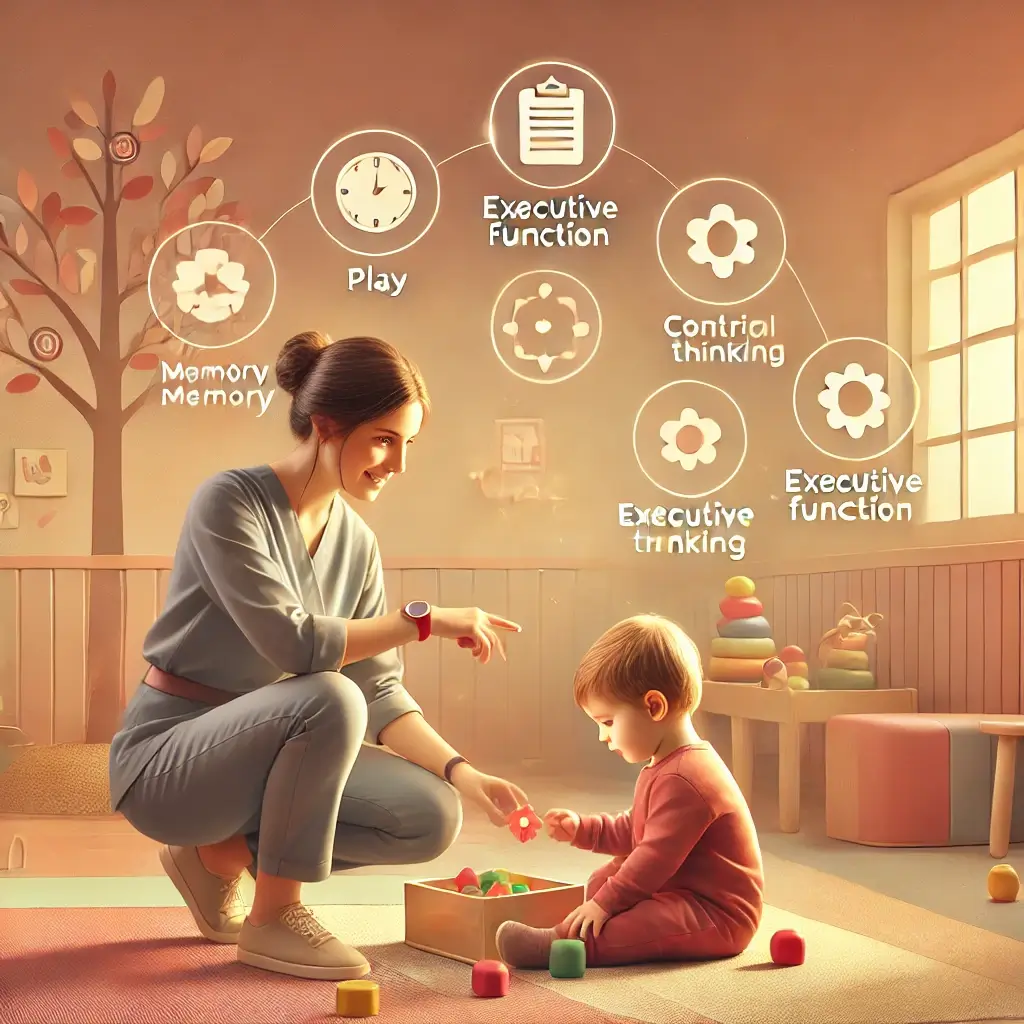Providing Quality Early Childhood Education to Low-Income Families
While school is typically portrayed as a great equalizer and a path to upward mobility, several impediments hold back children from reaping the full benefits of education. In the United States, these challenges begin early, especially before children enter school.
Low-income children experience substantially greater poverty in their early years than their wealthier counterparts. As a result, low-income children start school at a disadvantage, which can have a long-term impact on their life possibilities. Young children are less likely to have access to books and sing-along toys that could aid in their early literacy development. This can result in an academic achievement gap that persists throughout school and into adulthood.
According to research, education is a powerful tool for breaking the poverty cycle and reducing inequality. However, many low-income parents may need more resources to provide their children with high-quality educational options outside the home. For example, preschool and daycare services can cost hundreds of dollars monthly, making them unaffordable to low-income families.
When schools give a solid foundation in reading and arithmetic, children’s chances of success increase significantly. Furthermore, learning to read enables children to acquire and comprehend other subjects. In contrast, basic math skills, such as counting and primary addition and subtraction, assist them in becoming proficient in different areas of math and their environment.
These programs are frequently delivered by skilled teachers who understand how to engage students and encourage the development of social and emotional skills.
While more states offer pre-kindergarten programs, low-income children still have restricted access. In 2019, just 42% of three and four-year-olds from low-income families went to public preschool.
Some governments have launched initiatives that strongly emphasize quality to bridge the gap. For example, the High/Scope active learning approach engages teachers and students in meaningful activities that foster collaboration and communication. The program includes various parent-child activities and outreach to help parents increase their awareness, engagement, and parenting skills.
Another way to improve learning is by establishing child-centered classrooms where students can pursue their interests. These programs are frequently delivered by skilled teachers who understand how to engage students and encourage the development of social and emotional skills. They also use carefully devised assessments to monitor students’ progress. The results of several investigations show that these efforts significantly improve the lives of children and families.
Poverty and the quality of a child’s home environment also significantly impact school readiness. According to a recent study, children with risk factors for poor long-term academic outcomes, such as a mother with only a high school diploma and living in a single-parent household, are more than twice as likely to be at a disadvantage when entering kindergarten as their peers who do not have any of these risk factors.













